In recent years, digital assets have become more than a passing trend — they’re now a strategic focus for the asset and wealth management (AWM) industry. Despite periods of market volatility and regulatory uncertainty, institutional interest continues to grow. Asset managers are exploring cryptocurrency solutions for asset managers not just as an experiment, but as a long-term investment strategy, client offering, and operational evolution.
From direct crypto asset holdings to investments in blockchain infrastructure and tokenized assets, the space is quickly becoming too significant to ignore. But along with the opportunities come new compliance burdens, evolving regulations, and a steep learning curve.
Digital Assets in Asset Management: Use Cases Expand Beyond Crypto
The term “digital assets” goes far beyond Bitcoin and Ethereum. In asset management, these can include tokenized securities, digital bonds, stablecoins, and NFTs used in fund structures. Leading AWM firms now engage with digital assets through several channels: direct token ownership, allocations via third-party funds, and equity investments in blockchain-native companies.
These activities aren’t limited to speculative strategies. Digital assets are being integrated into broader portfolio strategies that target liquidity, diversification, and access to new markets. For instance, some firms are using stablecoins in investment portfolios to reduce costs and friction in cross-border settlements.
Operationally, the adoption of blockchain technology in finance also allows managers to reduce administrative overheads by automating compliance processes and improving transparency with real-time reporting.
Tokenization in Asset Management — Unlocking Liquidity and Innovation
Tokenization refers to converting rights to an asset into a digital token stored on a blockchain. This concept is revolutionizing how asset managers structure investment products. Illiquid assets like real estate, private equity, or fine art can be fractionalized and traded in secondary markets with greater flexibility.
The benefits? Greater access for smaller investors, simplified fund launches, and enhanced transparency throughout the asset lifecycle. However, tokenization in asset management comes with new challenges. Managers must evaluate how tokenized assets integrate into their existing systems, how custody and transfer will be managed, and how to remain compliant in a fragmented regulatory landscape.
Several AWM firms are already piloting blockchain-based fund structures to explore cost reduction and operational efficiency. But it remains essential to weigh the legal, operational, and compliance implications of introducing tokenized products into regulated portfolios.
Crypto Asset Holdings and the Need for Secure Custody
One of the key concerns for asset managers is secure custody. Digital asset custody requires more than secure wallets — it demands vendor due diligence, constant monitoring, and adherence to Anti-Money Laundering (AML) and Know-Your-Customer (KYC) requirements.
Firms may choose between third-party custodians, exchange-based solutions, or self-custody. Each model has its trade-offs in terms of control, cost, and compliance.
Key factors to evaluate when choosing a custody solution:
- Compliance. Ensure the custodian meets current regulatory and AML standards.
- Security. Assess cold storage protocols, insurance coverage, and incident response plans.
- Reputation. Work with established providers with proven track records.
- Technology. Check for integration capabilities with your firm’s internal systems.
- Cost. Evaluate fees and hidden charges based on the type of assets and trading volume.
Managing counterparty risk is another major aspect. Any breakdown in custody can lead to asset loss, reputational damage, or non-compliance with evolving rules around global digital asset regulations. Risk management in digital assets must be integrated into broader enterprise risk strategies, with robust processes for monitoring, incident response, and compliance.
Whether experimenting with tokenization or developing frameworks for digital asset custody, asset managers must stay proactive. Building internal expertise, partnering with the right service providers, and staying updated on the regulation of digital assets will be critical.


